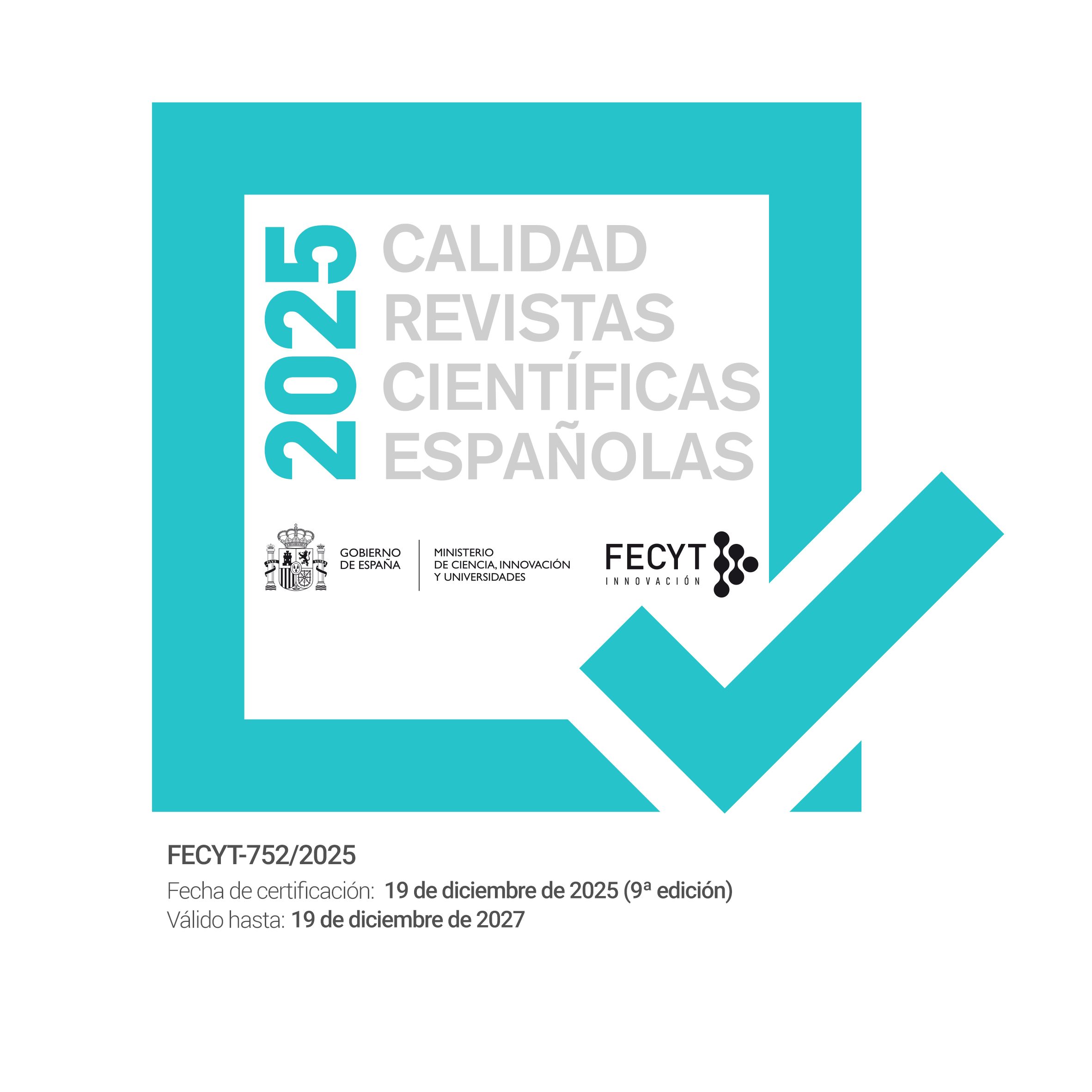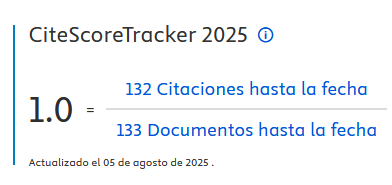Altas Capacidades y Trastornos Alimentarios: ¿Vulnerabilidad o Protección?
DOI:
https://doi.org/10.33898/rdp.v31i115.357Palabras clave:
altas capacidades, superdotaci´ón, trastornos alimentarios, vulnerabilidad, asincronía, perfeccionismo, sensibilidadResumen
En este artículo, se revisa la relación entre altas capacidades y trastornos alimentarios, explorando los factores que pueden explicar su conexión: asincronías, sensibilidad y perfeccionismo. Profundizando en los procesos por los que pueden dar lugar a la psicopatología, se concluye que es la interacción con un medio poco preparado para responder a las necesidades del menor lo que las convierte en variables de vulnerabilidad y que podrían orientarse de una forma constructiva previniendo ese efecto. La atención a aspectos socioafectivos en el desarrollo, el fomento y valoración de la creatividad y la creación de contextos educativos estimulantes en los que el proceso de aprendizaje sea más importante que un determinado resultado podría impactar de forma positiva en la prevención de los trastornos alimentarios.Descargas
Los datos de descargas todavía no están disponibles.
Descargas
Publicado
2020-03-01
Cómo citar
Hernangómez Criado, L. (2020). Altas Capacidades y Trastornos Alimentarios: ¿Vulnerabilidad o Protección?. Revista de Psicoterapia, 31(115), 77–95. https://doi.org/10.33898/rdp.v31i115.357
Número
Sección
Artículo de monográfico
Licencia
Los autores/as que publiquen en esta revista aceptan las siguientes condiciones:
- Los autores/as conservan los derechos de autor y ceden a la revista el derecho de la primera publicación, con el trabajo registrado con la Creative Commons CC-BY-NC 4.0 Internacional, que permite a terceros citar el texto y usarlo sin alterarlo y sin beneficio económico, siempre que mencionen la autoría del trabajo y la primera publicación en esta revista.
- Los autores/as pueden realizar otros acuerdos contractuales independientes y adicionales para la distribución no exclusiva de la versión del artículo publicado en esta revista (p. ej., incluirlo en un repositorio institucional o publicarlo en un libro), siempre que indiquen claramente que el trabajo se publicó por primera vez en esta revista.
- Las opiniones expresadas en los trabajos son responsabilidad única de los/as autores/as, no reflejando en ningún caso las opiniones o políticas científicas de la revista.













